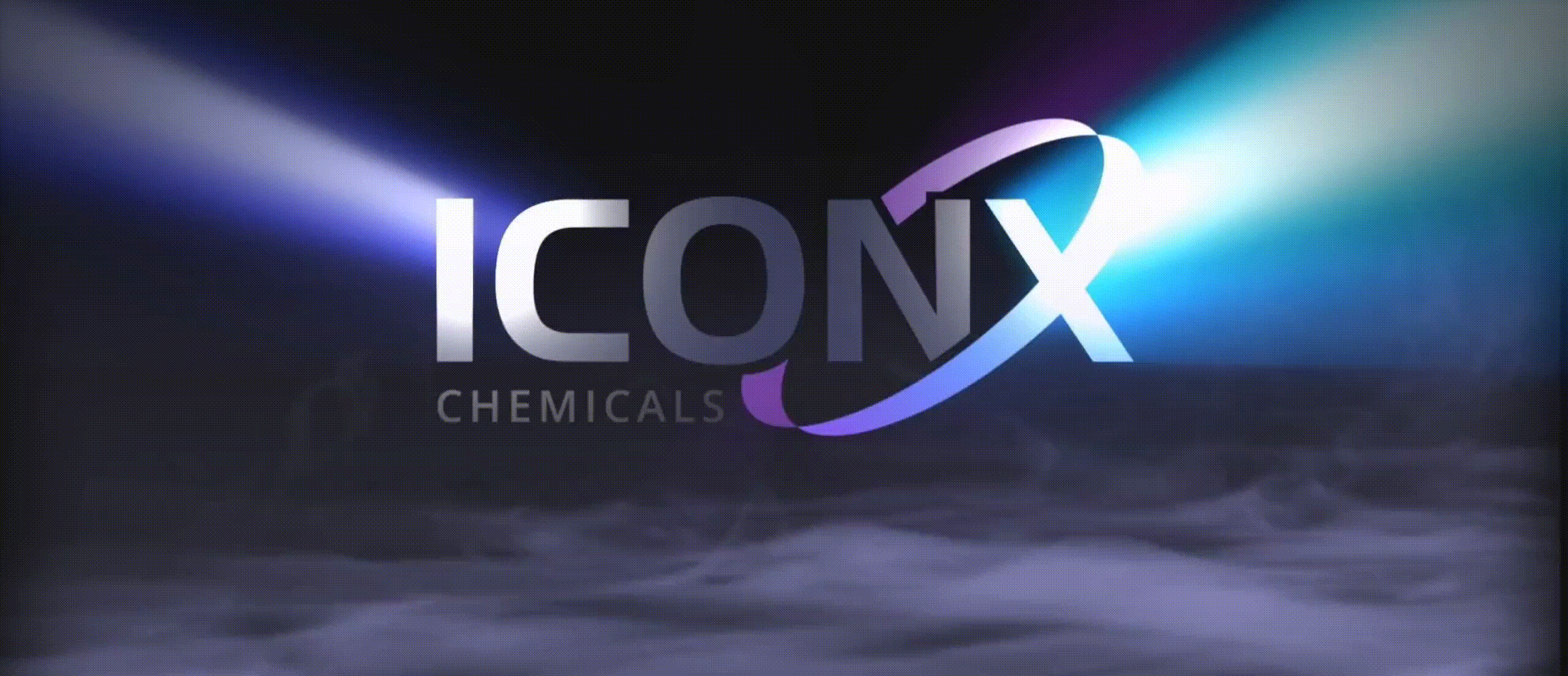Most industries produce some wastewater. Recent trends have been to minimize such production or to recycle treated wastewater within the production process. Some industries have been successful at redesigning their manufacturing processes to reduce or eliminate pollutants, through a process called pollution prevention. Sources of industrial wastewater include battery manufacturing, electric power plants, food industry, iron and steel industry, mines and quarries, nuclear industry, oil and gas extraction, organic chemicals manufacturing, petroleum refining and petrochemicals, pulp and paper industry, smelters, textile mills, industrial oil contamination, water treatment, wood preserving. Treatment processes include brine treatment, solids removal (e.g. chemical precipitation, filtration), oils and grease removal, removal of biodegradable organics, removal of other organics, removal of acids and alkalis, removal of toxic materials. Industrial processes may generate the following industrial wastewater flows: Backwashing (water treatment), flushing accumulated particles from filter beds Boiler blowdown, impurities concentrated by steam generation Cooling water, released with potential thermal pollution after use to condense steam or reduce machinery temperatures by conduction or evaporation Brine, waste streams from water softening, ion exchange, reverse osmosis, or desalination Wet scrubber effluent, containing pollutants removed from smokestack combustion gases to meet air quality goals Acid mine drainage, from dewatering coal and metal mines Produced water, a byproduct from oil and natural gas production. Activities producing industrial wastewater include: Industrial site drainage (containing silt, sand, alkali, oil, chemical residues); Industrial cooling waters (containing biocides, heat, slimes, silt) Industrial processing waters Organic or biodegradable waste including waste from hospitals, abattoirs, creameries, and food factories. Organic or non bio-degradable waste that is difficult-to-treat from pharmaceutical or pesticide manufacturing Extreme pH waste from acid and alkali manufacturing Toxic waste from metal plating, cyanide production, pesticide manufacturing, etc. Solids and emulsions from paper mills, factories producing lubricants or hydraulic oils, foodstuffs, etc. Water produced dewatering mines may contain radionuclides or heavy metals either in suspension or dissolved in acid mine drainage Water used in hydraulic fracturing.
